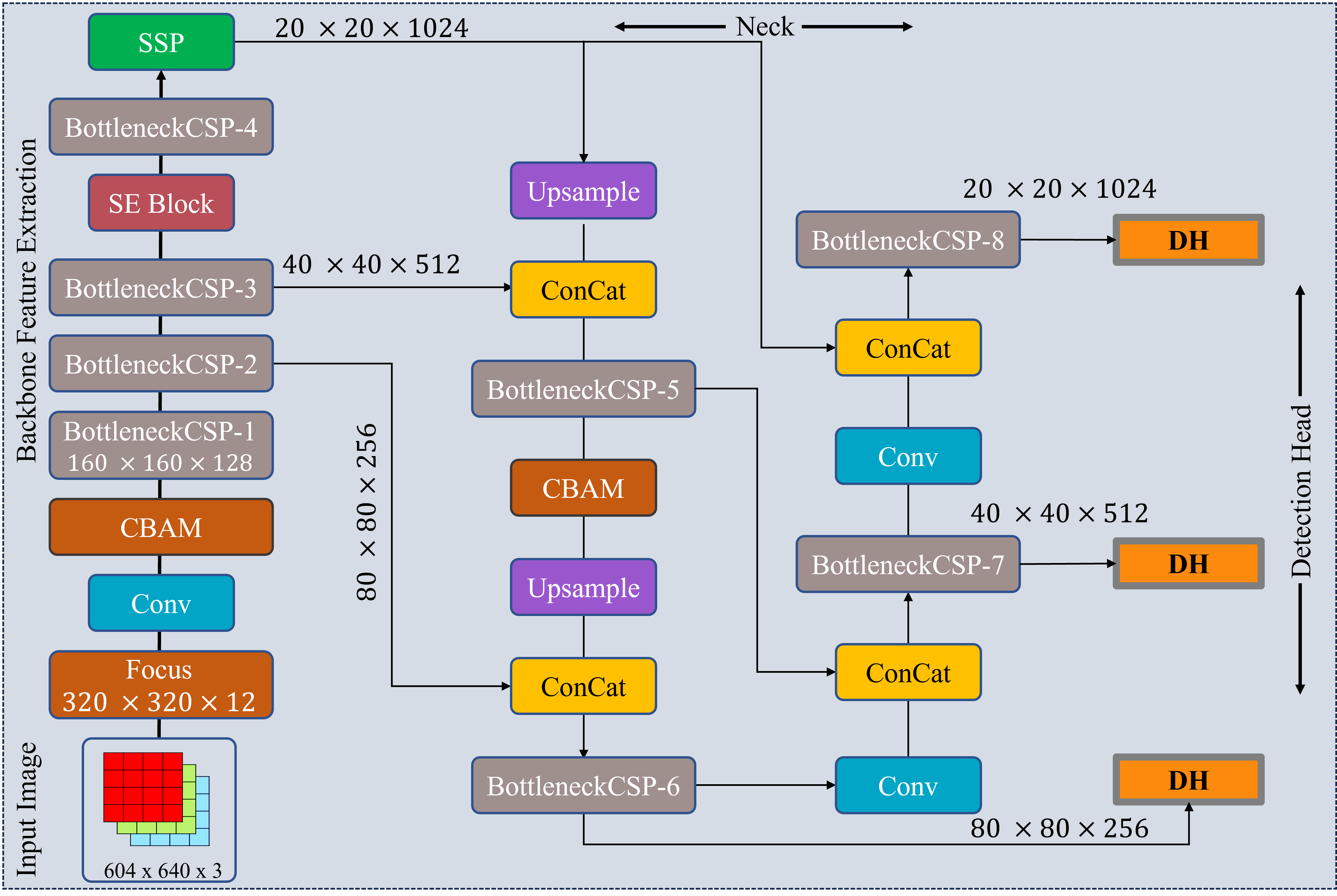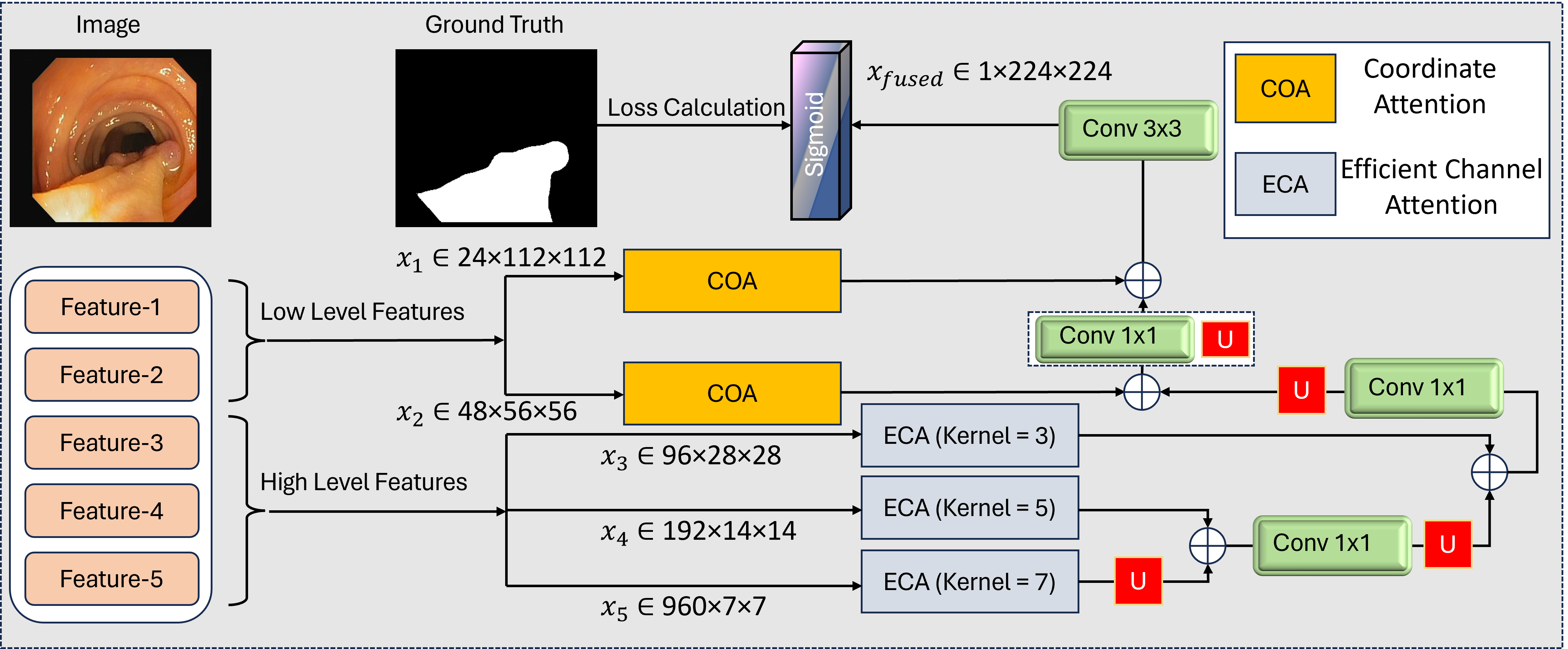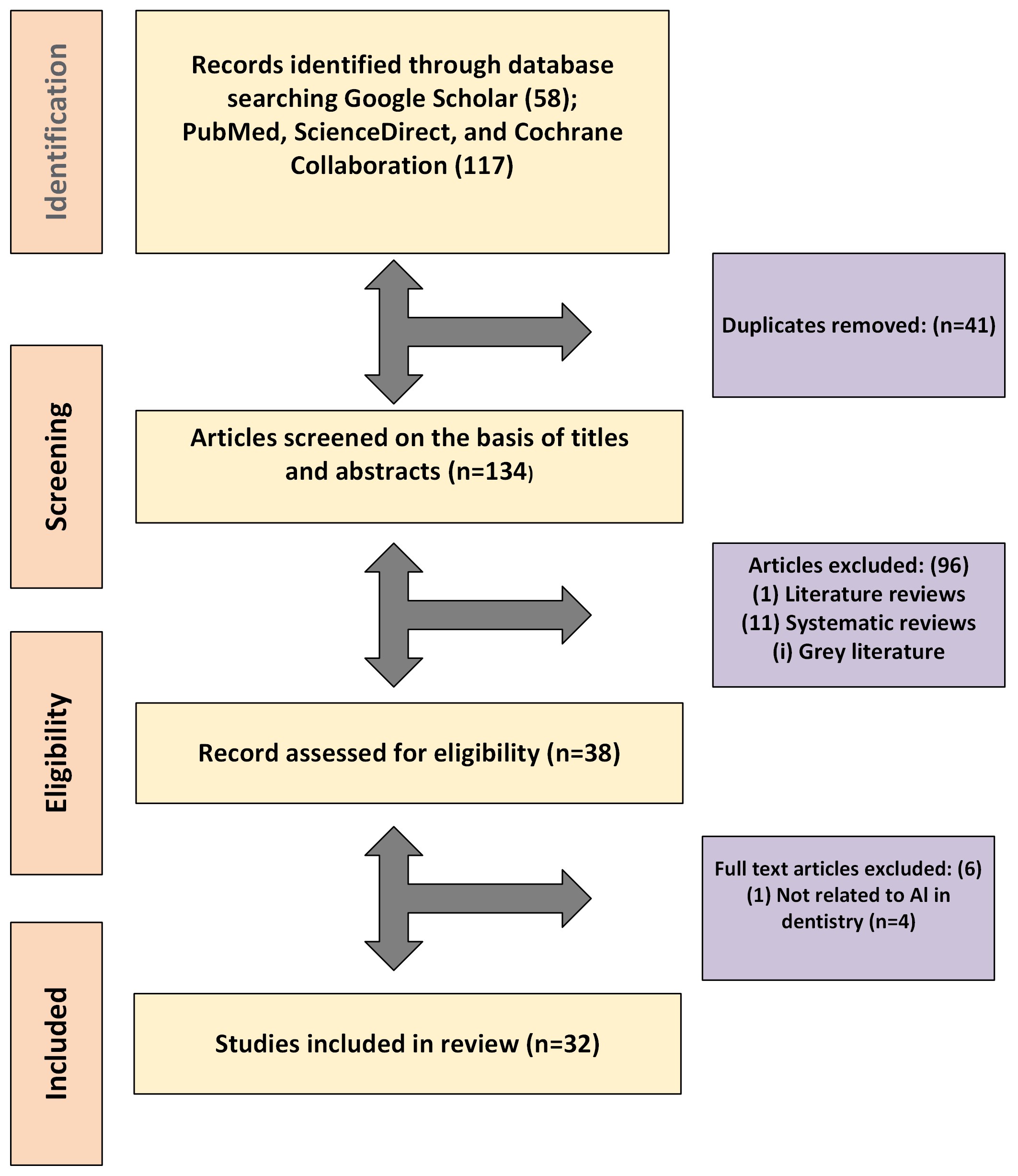ICCK Transactions on Intelligent Systematics | Volume 3, Issue 1: 1-10, 2025 | DOI: 10.62762/TIS.2025.559776
Abstract
Fall detection (FD) systems are an important part of healthcare monitoring, especially for elderly populations, where quick intervention can prevent serious injuries. This paper introduces an optimized YOLOV5-based framework that combines dual attention mechanisms for improved FD in real-time edge deployment situations. The proposed design integrates the Convolutional Block Attention Module (CBAM) and Squeeze-and-Excitation (SE) blocks within the YOLOv5 backbone, along with an improved Focus module that uses slice-based feature extraction. These enhancements allow the model to effectively capture both spatial and channel-wise dependencies, which are essential for distinguishing fall events f... More >
Graphical Abstract




